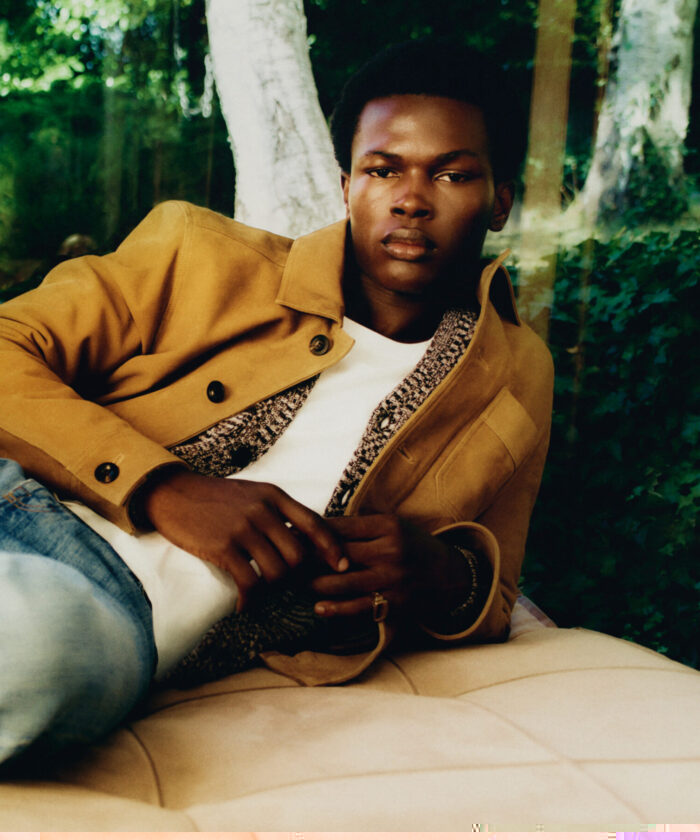A project conceived and curated by Maria Luisa Frisa and Stefano Tonchi, and promoted by Camera Nazionale della Moda Italiana
Camera Nazionale della Moda Italiana is pleased to present Italiana. Narrating Italian History through Fashion 1971-2001, a project composed of an exhibition and a book both in celebration of Italian fashion. The former will take place at Milan’s Palazzo Reale, a destination bringing together the worlds of art and culture. ITALIANA is a project that looks to celebrate the country’s fashion by retracing that crucial period – the years from 1971 to 2001 in which the national fashion system’s ascent was fueled by the overseas success of Made in Italy and its unmistakable lifestyle. This time frame marked a pivotal, captivating period characterized by fruitful collaborations and exchanges among the members of an Italian generation including artists, architects, designers and intellectuals who shaped the cultural evolution.
Composed of rooms featuring different themes, ITALIANA focuses on both the main characters and the supporting cast who emerged together as the protagonists in different stages across the Italian fashion system’s development.
These moments include the early period defined by the establishment of high-end industrial production (1971 marked the transition from haute couture to the rise of Italian ready-to-wear. Not coincidentally, that same year Walter Albini organized a show in Milan to present its namesake line); the success of designers in the Eighties; the glocalization of the Nineties, and then 2001. The year was marked by the September 11 attacks, which shook up the whole international system and thus affected the Italian fashion business. The industry was forced to change and turn into a new global phenomenon – still to be understood in all its creative and productive forms.
The word Italiana is an adjective, but in this case, it is to be considered a noun that collects all the items, styles and atmospheres belonging to Italian culture in its multiple facets and expressions. Fashion, in this project, is the chosen point of view. This project comes into being as a strategic effort to develop a dictionary of mythology by narrating all the events involving designers, companies, cities and districts as their protagonists – producing treasure that is unparalleled elsewhere in the world and that continues to exercise its influence over the current Italian scenario.
Rather than following chronological order, the exhibit will unfold at Palazzo Reale over the course of several chapters dedicated to distinct themes – using a critical method that combines events from different decades. A selection of iconic objects from varying fields, including fashion, art, design, photography and publishing, highlights specific turning points in time.
The book, scheduled for release in conjunction with the exhibition opening, completes the project. Conceived as a special tool, the volume will explain the development of Italian fashion as a polycentric phenomenon boosted by different skills and cultural approaches. Photographs taken by photographers for both magazines and designers document Italian fashion’s successful evolution.
New texts provide information and insight on the lesser known topics. The book juxtaposes these contents with a selection of previously published pieces written by Italian authors during the decades analyzed throughout the project.
Massimo De Carlo’s gallery, one of the most emblematic international locations for contemporary art, will host the presentation of ITALIANA.
“Italy is almost entirely defined by its visual culture. We have the heritage, the manufacturing base, and the DNA to build fashion houses with staying power and global reach. Our unfaltering self-confidence has enabled us to forge our own path, rather than follow the lead of New York, London or Paris. Italians refuse to take their cues from elsewhere, some may say this has held us back, but I believe it’s this strong belief in our country’s aesthetics that has led us to become the arbiters of international elegance and home to many of the world’s most recognisable star designers and houses.
When I returned to Milan after completing my MBA at Columbia in New York back in 1999, I was an outsider. I had very few contacts within the industry, yet designers from Giorgio Armani to Valentino opened their doors and got on board. The e-commerce concept was in its infancy but these businesses had a vision, they knew the future was global and they jumped on it – busting the mistaken belief that the industry is closed or that Italians remain in the past. The period that we’re examining throughout this thought-provoking exhibition – 1971 – 2001 – was indeed a seminal period for Italian fashion and the Made in Italy movement, and incidentally also marks the creation of both YOOX and NET-A-PORTER in 2000 – another and most recent game changer within the luxury industry.
Sure, we may look to the past for our futuristic vision, who wouldn’t when we have such a glorious one to mine? Yet, our glances are far from nostalgic. We are working harder than ever to promote emerging talent and build an even stronger ecosystem for the talents that call Italy home”.
Federico Marchetti,
CEO, YOOX NET-A-PORTER GROUP




